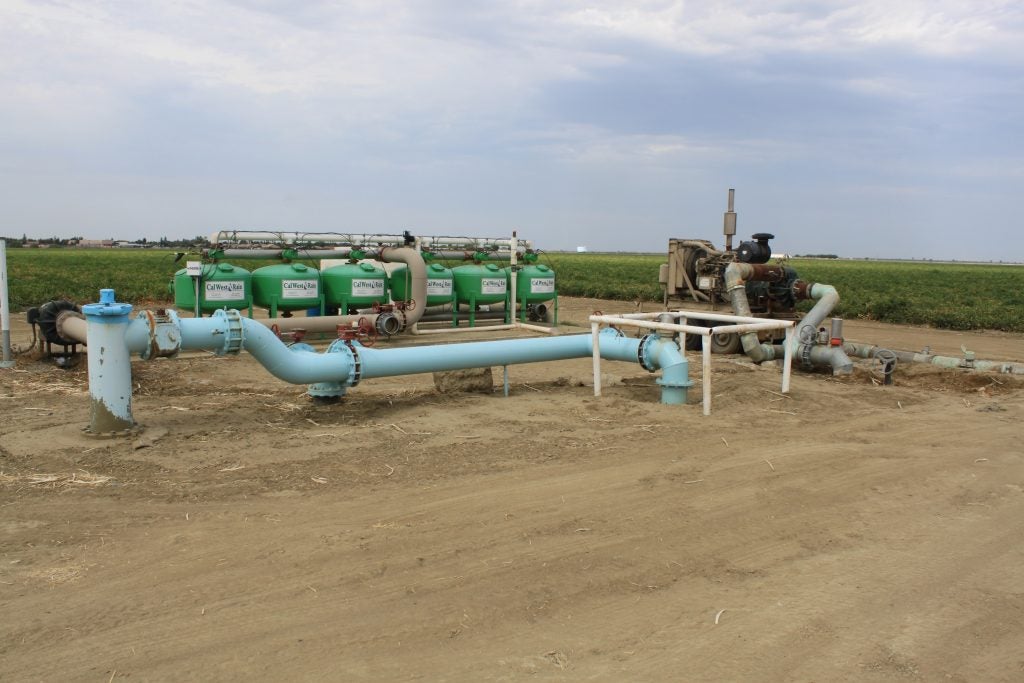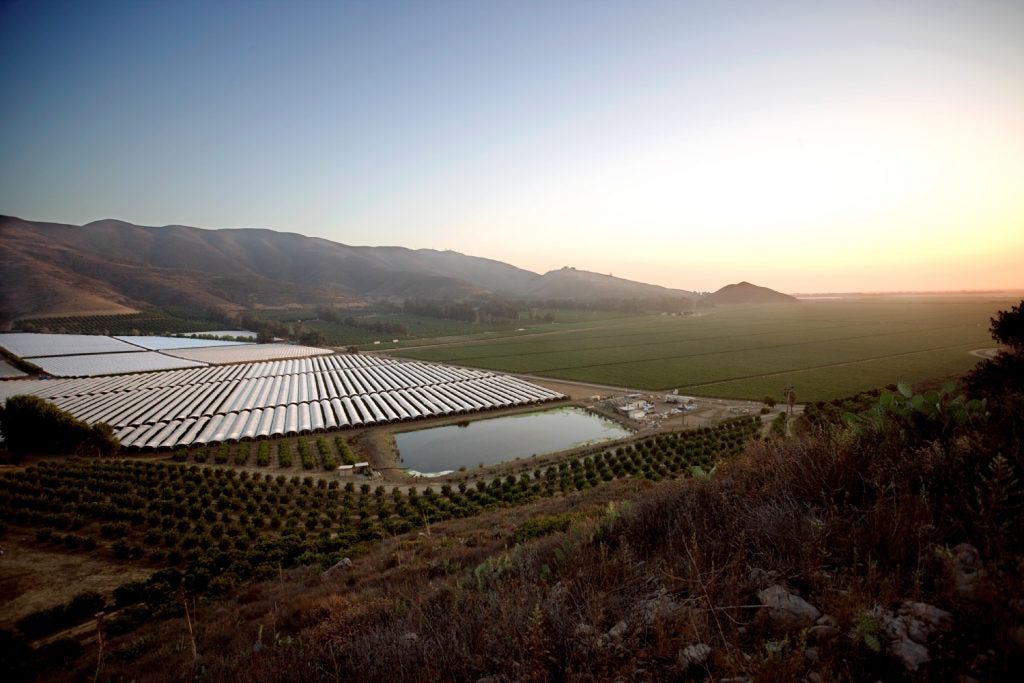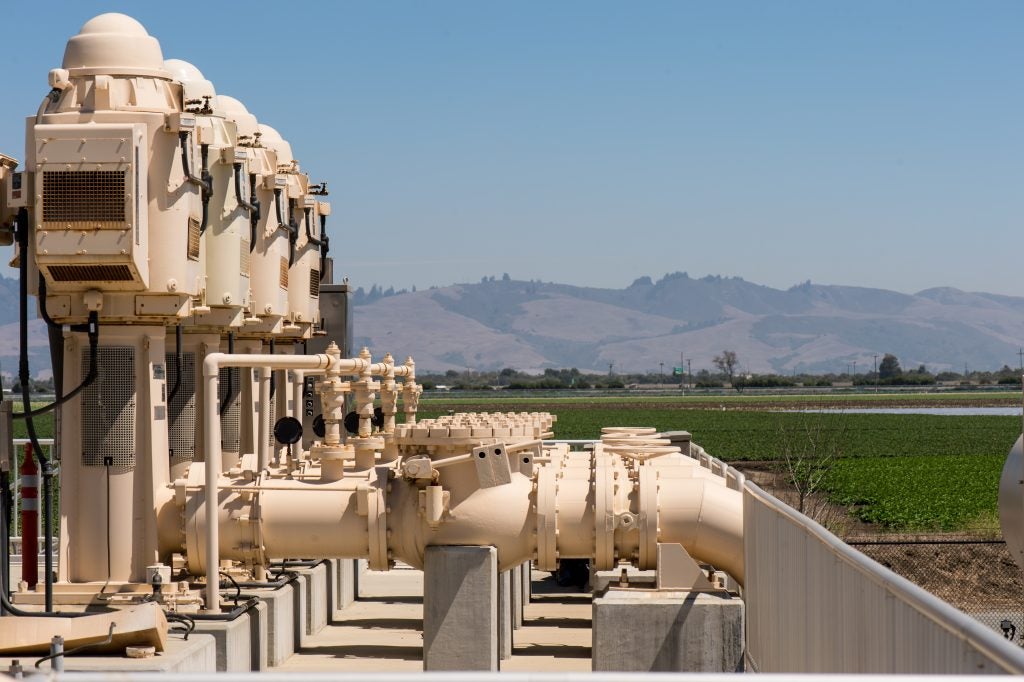California’s Central Valley has reached a fork in the road.
By January 2020, areas where groundwater demand far outstrips supply must submit plans to bring their groundwater basins back into balance within 20 years. These plans are required by the Sustainable Groundwater Management Act, or SGMA, which was signed into law in 2014 during the state’s latest multiyear drought.
SGMA inevitably means less water for irrigating farms. Worst-case estimates forecast as much as 780,000 acres of farmland — out of more than 5 million acres of total irrigated land — will have to be taken out of production. How local decision makers and community members navigate this transition to sustainable groundwater management will significantly shape the future of the region, known as the country’s fruit and nut capital.
On one path, the valley could become a patchwork of dusty barren fields, serving a huge blow to the agriculture sector and rural communities and further impairing already poor air quality. Active farms could become surrounded by fields of invasive weeds and pests, threatening productivity.
On another path, the valley could transform into a pioneering agricultural region that not only puts food on our nation’s plates but also supports thriving wildlife habitat, outdoor recreation, soil health, groundwater recharge and flood control.
EDF is working to help communities achieve this second vision through our Central Valley Resilience Initiative, which features three key strategies: conversion of farmland into wildlife corridors, water trading and community engagement. Of course, all three strategies will require additional funding at the state, regional and local levels. Read More »














